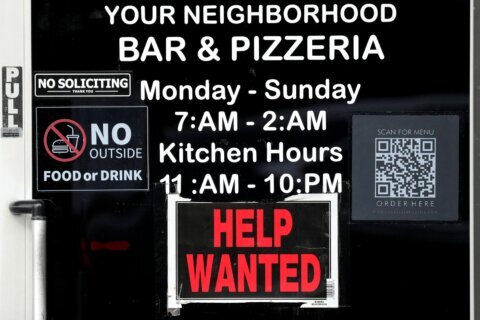When you crack open a cold one this summer, you may be drinking something other than beer.
Drinkers will be tempted with a wide variety of new boozy beverages hitting shelves, with big brands expanding their portfolios to offset slowing beer sales. Canned cocktails and spiked seltzers with upgraded flavors (sorry, boring old lime!) are growing in popularity as Americans celebrate the warmer weather.
“This summer is going to be a reset,” Jamie Wideman, vice president of innovation for Molson Coors, told CNN Business. “Last year, people had one foot outside and one foot inside. I think the opportunity to explore and discover new beverages is going to be a big thing this summer.”
To that end, the company is excited for the highly anticipated nationwide launch of Simply Spiked Lemonade on June 6. The alcoholic drink, inspired by the Simply brand’s fruit juices, is a collaboration between Molson Coors and Coca-Cola. Flavors include strawberry lemonade, watermelon lemonade, blueberry lemonade and traditional lemonade.
“Consumers are already using the non-alcoholic Simply brand as part of their mixology regiment,” Wideman said. “So, bringing that into the ready-to-drink space was a no-brainer.”
Simply Spiked Lemonade is indicative of an overall trend blurring the lines between non-alcoholic and alcoholic drinks, with companies looking to bank on known brands and stretch their revenue. For example, Boston Beer Company recently partnered with PepsiCo to turn Mountain Dew into a caffeine-free alcoholic beverage and Molson Coors is having success with its spiked Topo Chico lineup.
Even hard liquor companies are moving into the canned cocktail space. In recent months, Cazadores Tequila rolled out canned margaritas and Jack Daniels introduced flavored whiskeys, including apple, cola and lemonade varieties.
Ready-to-drink cocktail sales have exploded as drinkers look for convenience and new flavors beyond wine and beer. That beverage category grew 53% last year and is projected to grow another 29% over the next three years, according to data from IWSR Drinks Analysis.
Spiked seltzers remain popular too, despite warning signs that the once-novel drink is losing market share. The category has grown nearly 4% in the past year, falling well short of the gains seen with canned cocktails. The market is now saturated with more than 300 brands on shelves.
That has prompted companies to go back to the drawing board and unveil punchier flavors. White Claw, which remains the top-selling seltzer brand, has experienced a sales decline of 7% in the past year according to IRI, a Chicago-based market research firm. It has recently rolled out bolder versions, including White Claw Surf that uses exotic flavors (i.e. citrus yuzu smash) and an iced tea and lemonade pack called REFRSHR.
“As the category leader and originator, White Claw understands the need for fresh innovation to maintain our status as the number one hard seltzer brand, where last year we contributed over $2 billion to the category,” John Shea, White Claw’s chief marketing officer, told CNN Business.
Truly Hard Seltzer remains the second-biggest brand, with sales growing 13% year over year. The Boston Beer-owned brand has added a new Poolside variety pack with flavors like pina colada and strawberry melon fizz. It has even expanded into selling vodka.
Anheuser-Busch also remains confident with its ever expanding Bud Light Seltzer lineup that now includes roughly two dozen flavors. “There is growth here and this is now coming from the rise of bolder flavors capturing consumer interest in products like Bud Light Seltzer Hard Soda,” said Simon Wuestenberg, the company’s chief sales officer. Anheuser-Busch bolstered its lineup with cocktail-inspired seltzers and sour-flavored options.
However, with more varieties to choose from, Wideman warned that drinkers have the benefit of being picky.
“People are going to be less tolerant for things that don’t taste good,” she said. “We know what’s happening in the world and in the economy. Dollars are important to them and they want to put their dollars in purchasing products that they know are going to deliver on their expectations.”







